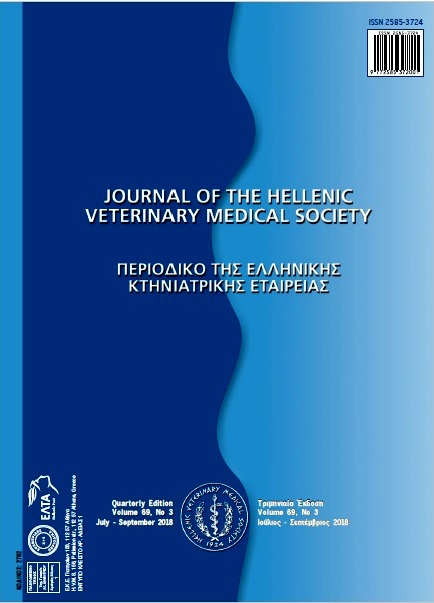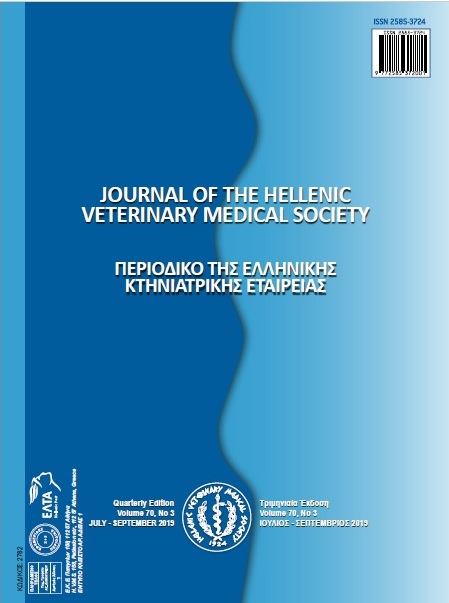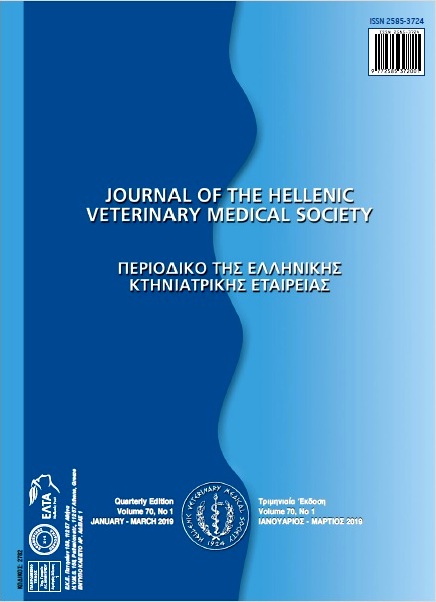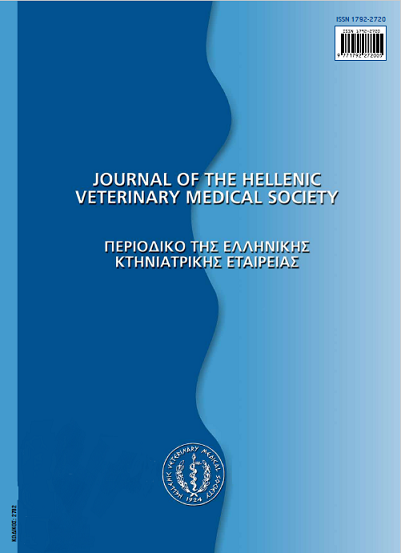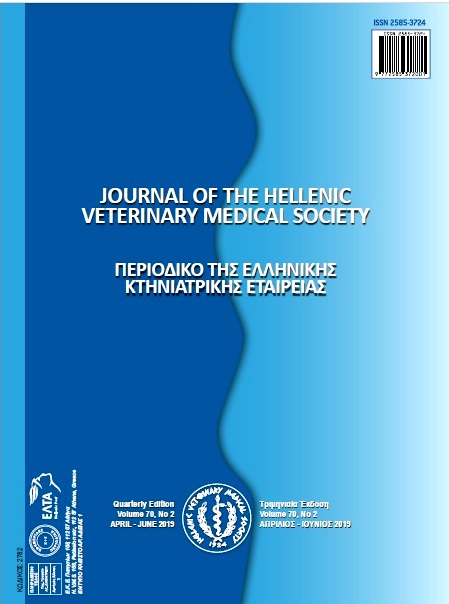Conjunctival cytology assessment in dogs and cats. Sampling, diagnostic techniques and findings

Abstract
The conjunctiva provides a physical and physiological barrier against microorganisms and foreign bodies and also contributes to the ocular immunological defense. It constitutes a straightforward and accessible tissue for sampling and examination. Sampling indications include: changes in color, surface irregularities, thickening, or masses, ocular discharge and the identification of infectious organisms. Samples for conjunctival evaluation may be collected with exfoliative or abrasive techniques, aspiration, impression and conjunctival biopsy. The most commonly used and clinically useful laboratory methods for the assessment of conjunctival specimens are: microscopic examination of cytological preparations, culture and susceptibility testing, live virus isolation, polymerase chain reaction, direct immunofluorescent antigen test and histopathological examination for snip biopsies. Findings like inflammatory or neoplastic cells, cellular alterations, inclusion bodies and microorganisms, offer valuable information not only for localized ocular disorders, but for systemic diseases as well.
Article Details
- How to Cite
-
ATHANASIOU, L. V., PSEMMAS D. Ε., & PAPAIOANNOU, N. (2018). Conjunctival cytology assessment in dogs and cats. Sampling, diagnostic techniques and findings. Journal of the Hellenic Veterinary Medical Society, 69(1), 701–710. https://doi.org/10.12681/jhvms.16382
- Issue
- Vol. 69 No. 1 (2018)
- Section
- Review Articles

This work is licensed under a Creative Commons Attribution-NonCommercial 4.0 International License.
Authors who publish with this journal agree to the following terms:
· Authors retain copyright and grant the journal right of first publication with the work simultaneously licensed under a Creative Commons Attribution Non-Commercial License that allows others to share the work with an acknowledgement of the work's authorship and initial publication in this journal.
· Authors are able to enter into separate, additional contractual arrangements for the non-exclusive distribution of the journal's published version of the work (e.g. post it to an institutional repository or publish it in a book), with an acknowledgement of its initial publication in this journal.
· Authors are permitted and encouraged to post their work online (preferably in institutional repositories or on their website) prior to and during the submission process, as it can lead to productive exchanges, as well as earlier and greater citation of published work.



